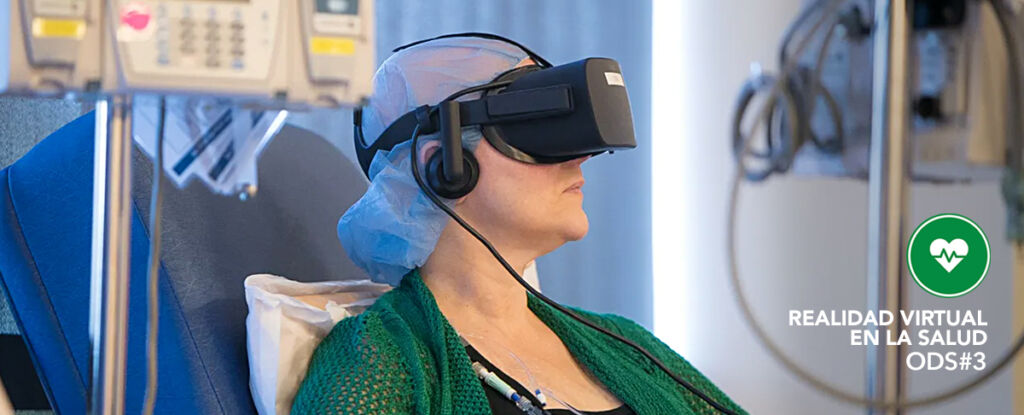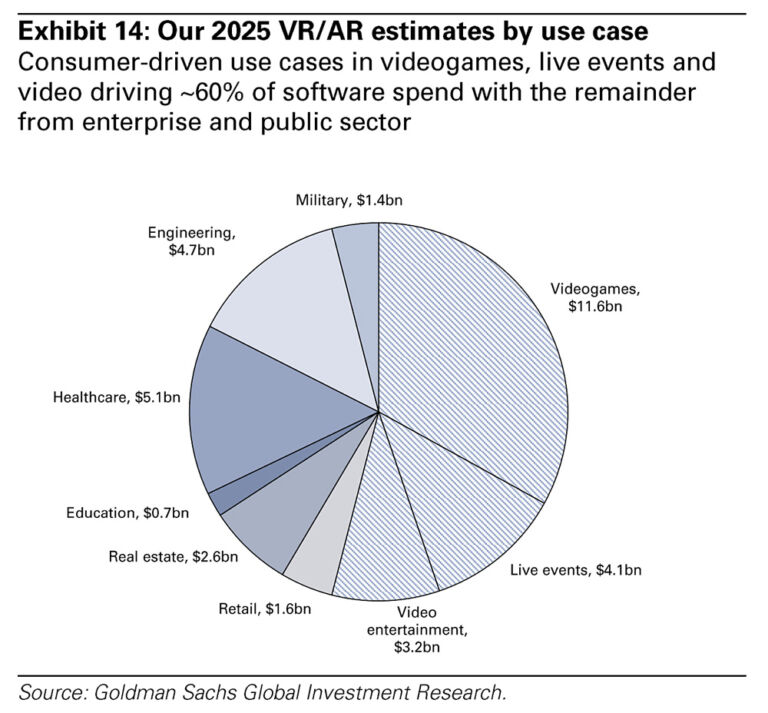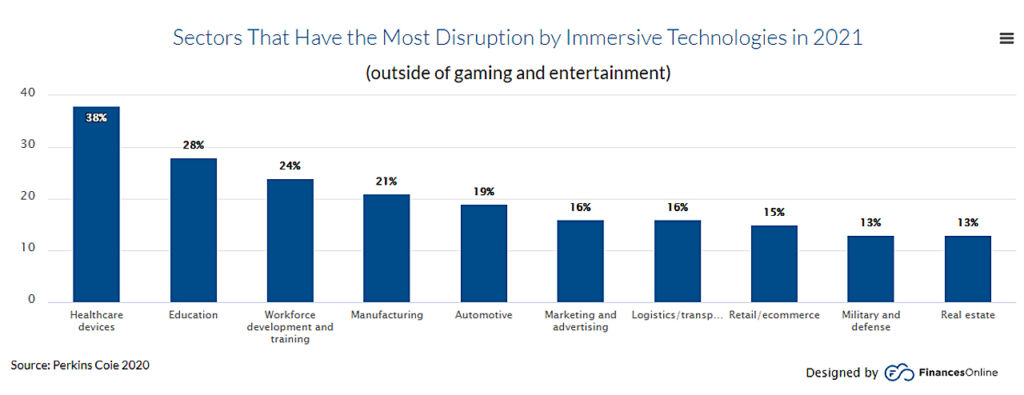
Virtual reality in health: a technological tool at the service of human well-being
Virtual Reality in health
Although Virtual Reality is usually associated with entertainment and video games, the truth is that it has been escalating towards promising uses and applications where it has had a very positive impact on human development, as is the case with health and well-being.
According to the United Nations Development Program (UNDP), good health is essential for sustainable development. For this reason, the 2030 Agenda has prioritized aspects that help achieve global health, such as threats to the climate and the environment, diseases such as HIV and other infectious diseases, new health problems such as non-communicable diseases, and economic and social inequalities.
What is interesting is that many of these aspects prioritized in the 2030 Agenda have been addressed through the use of virtual reality with the purpose of training medical personnel and students, optimizing treatment and rehabilitation processes, raising awareness among patients and caregivers, among others.
Virtual reality statistics in the health sector
Virtual reality has been adopted in the healthcare sector because it has become the basis for multiple medical applications to improve patient care and treatment.
According to Goldman Sachs Global Investment Research, the industry in which there will be more use of virtual reality for software development will be the health sector, after the entertainment industry (video games, video, live events):

This means that there is a large number of applications and software in development that will support medical care and that will put virtual reality at the service of human well-being.
Likewise, the international firm Perkins Coie points out in one of its financial reports that the sector with the greatest disruption due to immersive technologies in 2021 was the health sector. A very promising data:

Cases of use of Virtual Reality in health
Training of students and doctors
Any medical situation can be simulated with virtual reality. For this reason, the use of this technology is an important way to educate medical students and practicing physicians in health care. Through applications based on virtual reality, students are immersed in a simulated reality in which they can solve a problem by learning to master their skills, and can receive detailed feedback on their mistakes in real time. In addition, since the training is through practice, there is greater retention of information and the concepts and procedures are more easily internalized. For example, studying the anatomy of the human body in detail or performing a complex operation or surgical procedure using virtual reality will help minimize errors in reality.
- Surgical simulations: There are Virtual Reality platforms that allow you to efficiently create fully immersive medical content and perform surgical simulations with surgical precision thanks to the combination with assisted robotics.
- Medical emergencies: There are training programs for the treatment of patients in emergency situations that, through virtual reality simulations, teach how to treat patients in shock or who have suffered a seizure.
Treatment of the patient with virtual reality
Virtual Reality has already been used to treat physical and mental illnesses:
- Treatment of anxiety, stress, panic and other disorders: Virtual reality helps the patient to manage anxiety and control emotions by simulating situations and environments that allow them to achieve self-control and relaxation.
- Pain treatment: With the help of virtual reality medical applications, chronic pain patients learn to control their pain and find a way out of it. This method is especially useful when patients are prohibited from taking pain relievers.
patient recovery
Virtual reality is used in physical therapy to help patients recover from serious illnesses by immersing them in an interactive environment that motivates them to move. Physical exercise powered by virtual reality supports motor learning. For example, stroke patients perform specific movements without fear of falling and injuring themselves, and by doing so, they begin to move more confidently in real rooms.
Promote physical activity
Virtual reality fitness applications that help people maintain daily physical activity in captivating settings: the beach, the mountains, the planets, etc., are becoming more and more frequent. VR training is exciting as an app sets goals and rewards people for reaching them.
look for allies
The implementation of VR medical applications in medical centers is becoming more frequent, so having an ally to develop the project and the collaboration of a health software developer company is essential. At Virtual4 we have experience in the implementation of virtual reality projects in health and wellness, contact us for advice.
References:
Virtual Reality in Medicine: New Opportunities for Diagnostics and Surgical Planning | University of Basel
Virtual and Mixed Reality for Medical Education | Cleveland Clinic
Stanford Neurosurgical Simulation and Virtual Reality Center


